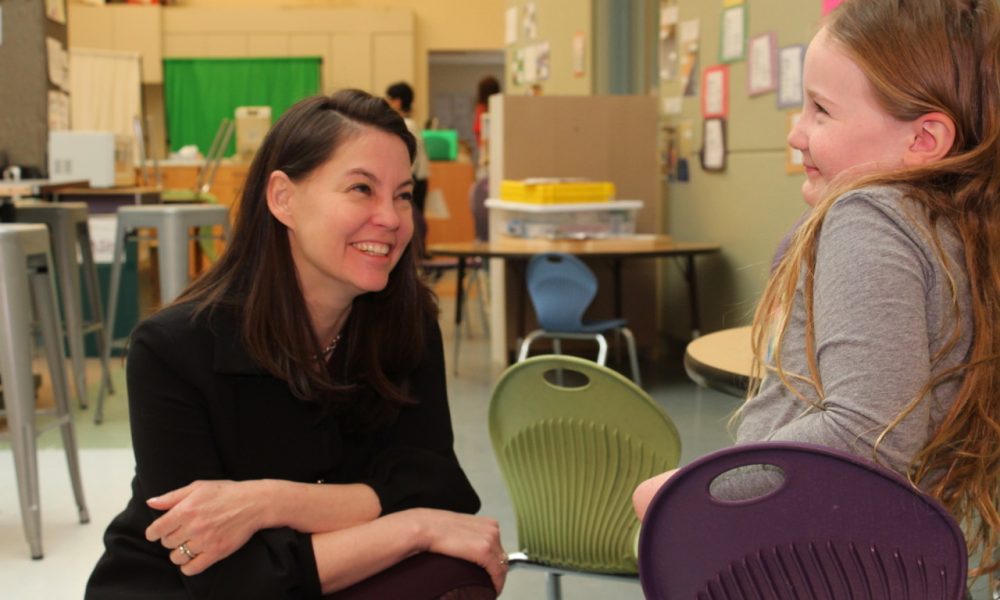

Today we’d like to introduce you to Courtney Dickinson.
Courtney, let’s start with your story. We’d love to hear how you got started and how the journey has been so far.
Formerly working in a software company as the “Culture Architect” and then in my own management consulting business, I left that in order to found a school to meet the needs of my children. With only a PowerPoint and a promise, I ran information sessions at public libraries in Somerville, Medford, Winchester, Arlington, Melrose and Lexington. As a Bootstrap start up school with no money to found or build the school, I opened Acera School (originally “Anova School”) in which students could learn based on their abilities, without regard to their age — with an emphasis on creative and critical thinking and problem solving, early exposure to STEM topics and innovations, and a focus on each student becoming the best version of themselves — finding their voice, growing their emotional intelligence, and developing into innovators and leaders. I got my certification as a K-Grade 8 teacher during college, but had not been able to secure a public school teacher role after moving to Boston in 1993.)
Opening in the fall of 2010, Acera has grown from 30 to 130 students. We leased spaces and moved twice and now we own our own 20,000 square foot space in Winchester with an Innovation Lab with real science labs, electronic arts/SEEDS Design Studio space, and woodshop. An additional 400 students each year participate in an Acera enrichment program after school, in a vacation week, or in the summer. We will soon launch a capital campaign to open the Acera Education Innovation Center, building on our work to pilot test novel curricula and approaches which transform students’ experience of school, and prepare them to think at a systems level, solve problems, and operate in a way that fits the world they will go into as adults, using evidence based educational practices which keep alive their intrinsic motivation and sense of purpose.
We’re always bombarded by how great it is to pursue your passion, etc – but we’ve spoken with enough people to know that it’s not always easy. Overall, would you say things have been easy for you?
No part of this road has been smooth. It has been an act of extreme burden for me and taken a massive personal toll . . . and yet also this school is a place which has changed the lives and trajectory of so many students and families over the years, and is a place which unleashes incredible creative teachers to truly serve each student in a way that fits each child’s potential, profile, and passions. I truly believe that we are unlocking the greatness in each of our students.
I had moved to a wonderful town known for its public schools, hoping to build a deep sense of community, and had invested myself in override campaigns and educational advocacy within the public schools to try to make a positive difference in the public system. I had gotten certified to be a public school teacher originally (though I was unable to find a public teaching position.) I worked hard to create alternative programming within the public school district where I lived which would serve the unique needs of children like my own and have a more progressive, STEM-rich and hands-on and ability based learning opportunities. I worked with the Asst. Superintendent of Schools and the principal and a representative teacher and parent from each school in the district. While a plan was hatched, the work was stymied as leaders left the district and a whole effort died on the vine.
At the start, people did not believe that this was doable. Often people would tell me it could not be done. People would literally back away from me when I told them I would be founding a school and pulling my then 2nd grader out of a “great public school district” to go to a school that did not yet exist. Working this hard as a founder and entrepreneur, combined with exiting the public school system, made me feel very disconnected from my community as it can feel to others that you are denigrating their choice of public education if you seek out something different for your own child.
I also tried to unlock a pathway for opening STEM, project based learning schools through Innovation Schools legislation. I went to and worked with Superintendents, School Committees, and Mayors in 6 different towns, but ultimately was not able to bring these efforts forward.
As a result of failure in this public system path, I decided that I needed to open a private school program (much to my chagrin as a deep believe in public education and public service.)
Galvanizing students and families who wanted to join a school focused on STEM-rich and ability based learning, in a hands-on setting, where there was no ceiling to what kids could access, learn or do was nowhere as challenging as I expected; there is a huge appetite and need for change in education. Additionally, Massachusetts is last in the nation in serving “gifted” students, and the way that this underserved population manifests its struggle in elementary and middle schools can be heartbreaking — with school refusal, anxiety and depression, or acting out. Parents continue to seek a place where their kids can engage at their level and in a way that fits all kinds of learning styles and interests and deep capability, and a place where students thrive with a sense of belonging and purpose.
Struggles along the way have been most often been, at their root, caused by being a bootstrap start up, With no money to get going, the result has been that we have been chronically understaffed in administrative and office roles from the beginning, as a way to keep tuition costs low and a way to make sure we do not spend money we do not have. Another result was that we needed to move and do construction projects in cost effective ways, resulting in all kinds of additional work and challenges. I have pulled many all-nighters to move furniture and set up spaces over many summer time moves and construction projects, since the school couldn’t afford to hire movers. After our first year, we had to move into a new space because we could not renew the lease at 10X the price; a different publicly funded special education entity could pay a market rate for our first school space, and they saw the potential in our building after our parent volunteers cleaned and painted and transformed the grounds into something so much better. Additionally, there have been parents wishing for different or more communication or different and more streamlined systems, yet it is nearly impossible to fulfill diverse communication expectations and to have those systems and processes in place and to manage the many complicated human needs and student needs and confidentiality issues compounded when you don’t have the money and staff as was the case in our first 6 years. As one example, still relevant today, we still have to have an office person run upstairs to let admissions or outreach or administrators know when someone is on the phone since our phone system is low cost and does not support transferring of calls over our low quality wiring and older phone handsets and without high end software. We have focused on teacher quality, teacher: student ratio, an excellent educational program, continuous improvement and upgrading our program every year, and of course safety — over lots of other “nice to haves.”
It is also, fundamentally, hard to be in a “role of authority’ when people blame you for any and all frustrations or problems which are sometimes inevitable as a part of any human system. That comes with the territory of stepping into a role of leadership. And initiating something new to make a change, but the burdens and personal price that comes with that are impossible to express.
An on-going challenge is in leading a community with 130 day students, 220-ish parents, and 40 faculty and staff in a world today rife with anxiety, high expectations, and fear of failure. Few things are more important to a family than their child’s education, which envelopes that child’s sense of themselves, their future, and their path in life. The enormity of that responsibility, and the high amount of parent distress which comes with serving students, is a massive emotional burden and responsibility for every single person who works at my school and at any school. The worry in the world can truly all be magnified within the context of parenting and educating children, and that distress comes to school every day. We take this responsibility very seriously, but the weight and toll of that responsibility is very real.
There have been many burdens around our site — finding a school with contiguous space outdoors to play, inside of 128 where the population density warrants a specialty program in science, creativity and leadership — in the absence of a ton of money — was hard for many years. It is the retirement savings account of my mom (money from social services she’d collected but was not using because she was still working) that was a first $30,000 donation; ultimately we had enough that a 20% down payment plus assiduous financial records from our first 2 1/2 years — the Winchester Cooperative Bank gave us a loan to buy our building. The code requirements for schools are also extraordinarily burdensome — there is irony that the state safeguards the students with Seismic code, yet within our public education system we are not safeguarding the spirit of our students.
Additionally, costs are unpredictable. I budget with an attitude of pay-your-bills-in-full-each-month, and am an incredibly careful steward of our scarce finances. I approach every decision with caution and fiscal responsibility at the forefront of my mind. Yet, it is not until July each year, after the new fiscal year has started, that I find out how much health insurance costs have gone up for the new year. As a small organization with a very tight budget, an 18% increase in cost in health insurance premiums is a real dollar amount in our budget. But these challenges can be managed with very careful planning. There are very many variables out of our control, yet we must maintain stability; this is our students’ home, and this is our teachers’ livelihoods. So even though we are new, and not backed by any funding or angel donors, we must be rock solid.
The biggest challenge, though, is continuing to hear and see the untold thousands of students who are not happy at school, all over the nation. We need to change our system and norms of education practice. While we have fashioned this small school as a Lab School program, where we try and pilot and test novel approaches, and prepare ways to share and partner and roll these out with public schools beyond our walls, these changes cannot come quickly enough for the second grader who has already decided that they are bad at math and hate school — because of the math fact timed test or the middle schooler who feels lost amid 42 minute periods, switching to seven different classes a day, shuttling around without a sense of belonging or connection and not able to make choices or their voice about their interests heard above the din of the standardized testing or the age based and curriculum driven approach to education which may ultimately miss the mark for so many students.
We’d love to hear more about your business.
We develop the next generation of leaders, scientists, and innovators within our Kindergarten – Grade 8 school program, and our enrichment programs after school, during vacation weeks, and all summer.
Our mission is to enable each student to learn and engage with a high sense of purpose, in a way that fits their unique capacities and interests. We focus on inquiry, creativity and complex thinking through hands-on STEAM rich projects to safeguard the spirit and innate curiosity of each child. We give each student choice and control in their learning path, to develop their voice, self-expression and confidence, to become the best version of themselves. We operate as a Lab School program, and a microcosm of what is possible for all schools. We have partnerships with institutes and though leaders, and create novel curricula and learning approaches.
In the coming year, we will launch an official campaign to fund formalization of the Acera Education Innovation Center, with the purpose to transform education beyond our walls, in a way that fits the evidence of neuroscience and psychology and prepares the next generation of students for the world they will step into as adults. We have already started many public outreach efforts (at Cambridge Science Festival and our annual Innovation Symposium), professional development for teachers, curriculum documentation, and support other public schools to implement novel programs — for example, we are working with KIPP Lynn High School to implement our Gene Editing/ CRISPR unit within their biology class next year, and hope to find other public school teacher who want to join the Change Agent Teacher PD series of workshops around this type of work, and funders to help sponsor these and other efforts to transform education.
We seek to enable all students to pursue their passions and talents, with schools allowing runway for learning so that students can fulfill their potential.
We have started our efforts for public outreach, teacher training, curriculum translation and impact within other school programs, and hope to build momentum as a force for Education Innovation.
What were you like growing up?
Growing up, I was sweet and compliant, and my biggest hope in all the world was for people to like me. I defined myself largely as the younger sister of my big sister and my big brother, who I idolized and adored! I moved often growing up, to different regions of the country (the South, the Midwest, and Florida). When I was very small, my hope in growing up was to be an artist or a teacher. I very much followed the rules and was a “good girl” and worked hard to have many friends and be kind to others, above all else. I was a ballet dancer, as my primary athletic endeavor from age 5- 17. I always loved to make crafts and do art, though I did not take arts often in high school as I was quite focused on getting good grades and taking classes which would weight my grade point average to be higher (art got a “4” for an A, whereas honors and AP academic courses earned you a “5: for an A), so I could get out of North Carolina and get into a great college. I always have struggled to find balance between being happy and feeling joyful versus working very hard to do my very best and to do good in the world. I also had to struggle to believe in myself as a leader, in spite of being a girl, in spite of growing up in the 1980’s cultural climate of appearances and clothes. Going to Dartmouth enabled me to see that I could have my own opinion and voice, and to believe that I was worthy to make an impact. I hatched my sense of cause and purpose in education through the courses I took there, and in spite of being stymied on my search for a teaching job originally, I have a true sense of purpose around education in America.
Struggling with a complicated first child catalyzed me to dive back into the education field in a way that I did not expect, founding a school to meet the needs which weren’t being served in public education. In spite of trying to hard to address this problem in the public system, I realized that driving change as a catalyst from the outside was the route I had to take, because it also was a need that was personal, and urgent. We, as parents, will do anything for our children.
Contact Info:
- Address: 5 Lowell Avenue
- Website: www.aceraschool.org
- Phone: 781/729-3489
- Email: courtney@aceraschool.org
- Facebook: www.facebook.com/AceraSchoolMA/
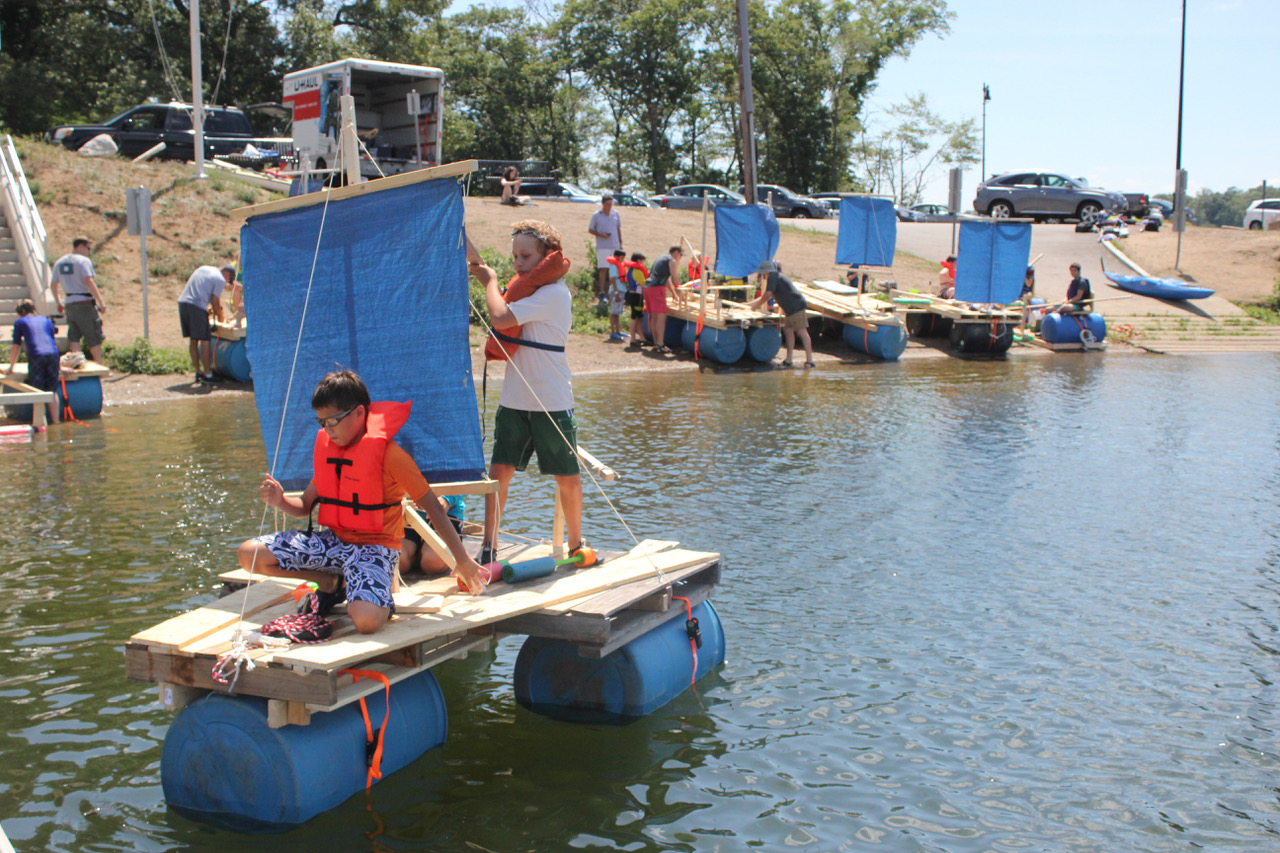
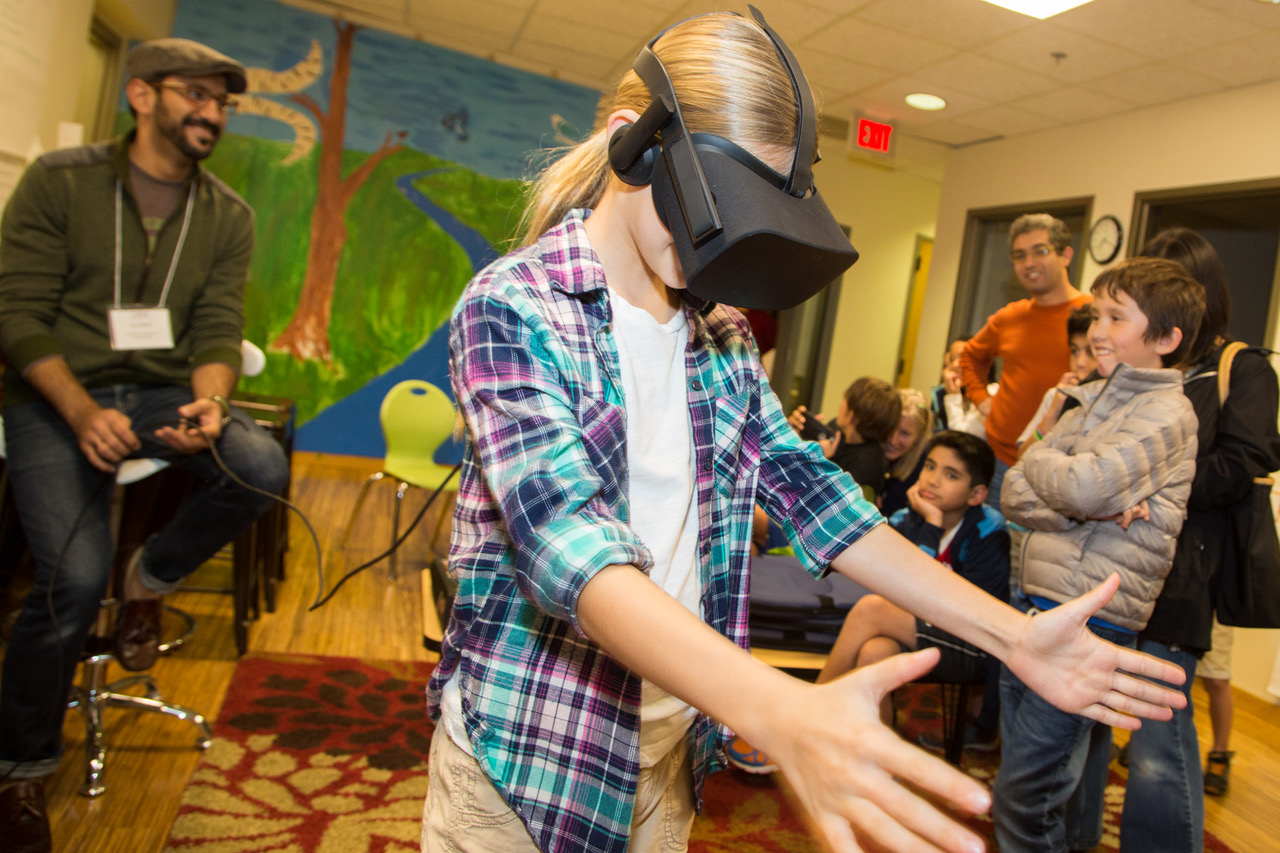
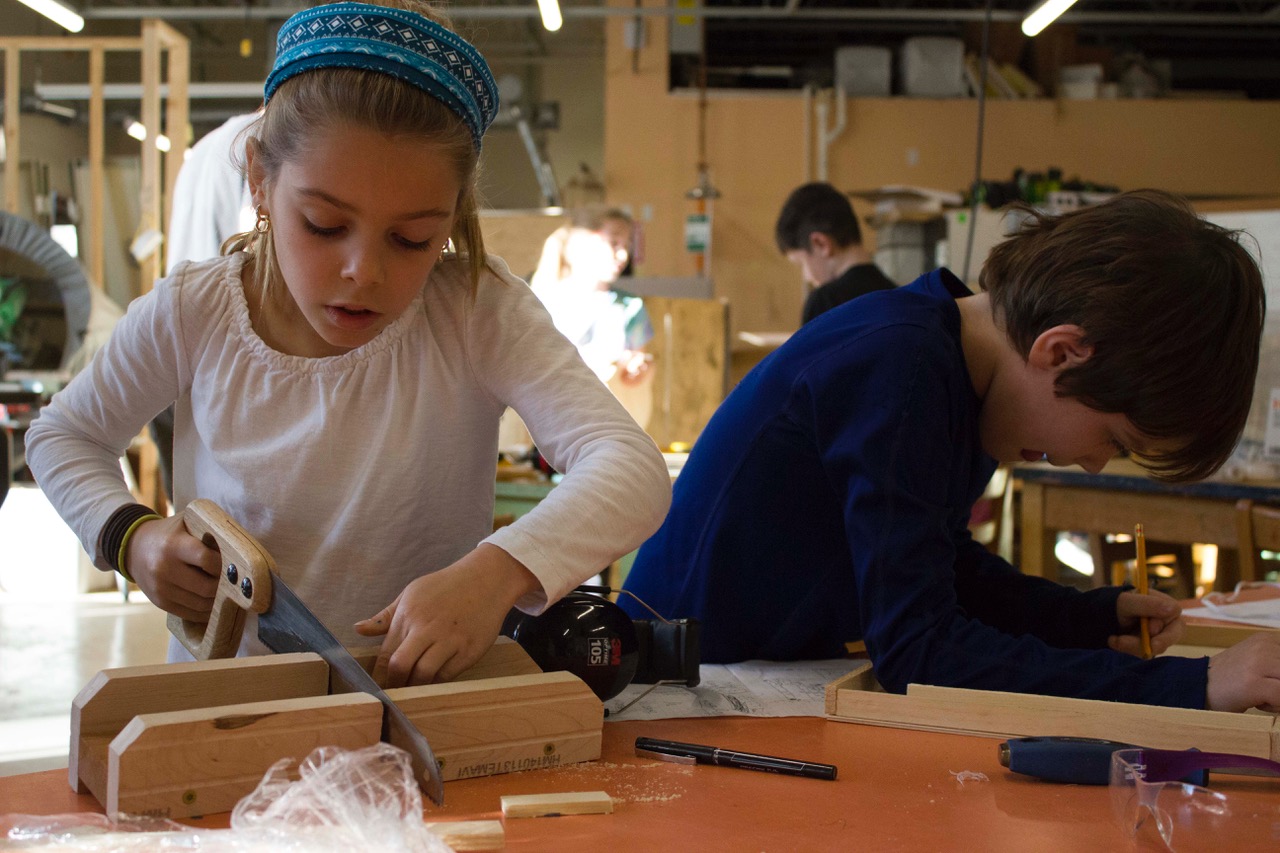

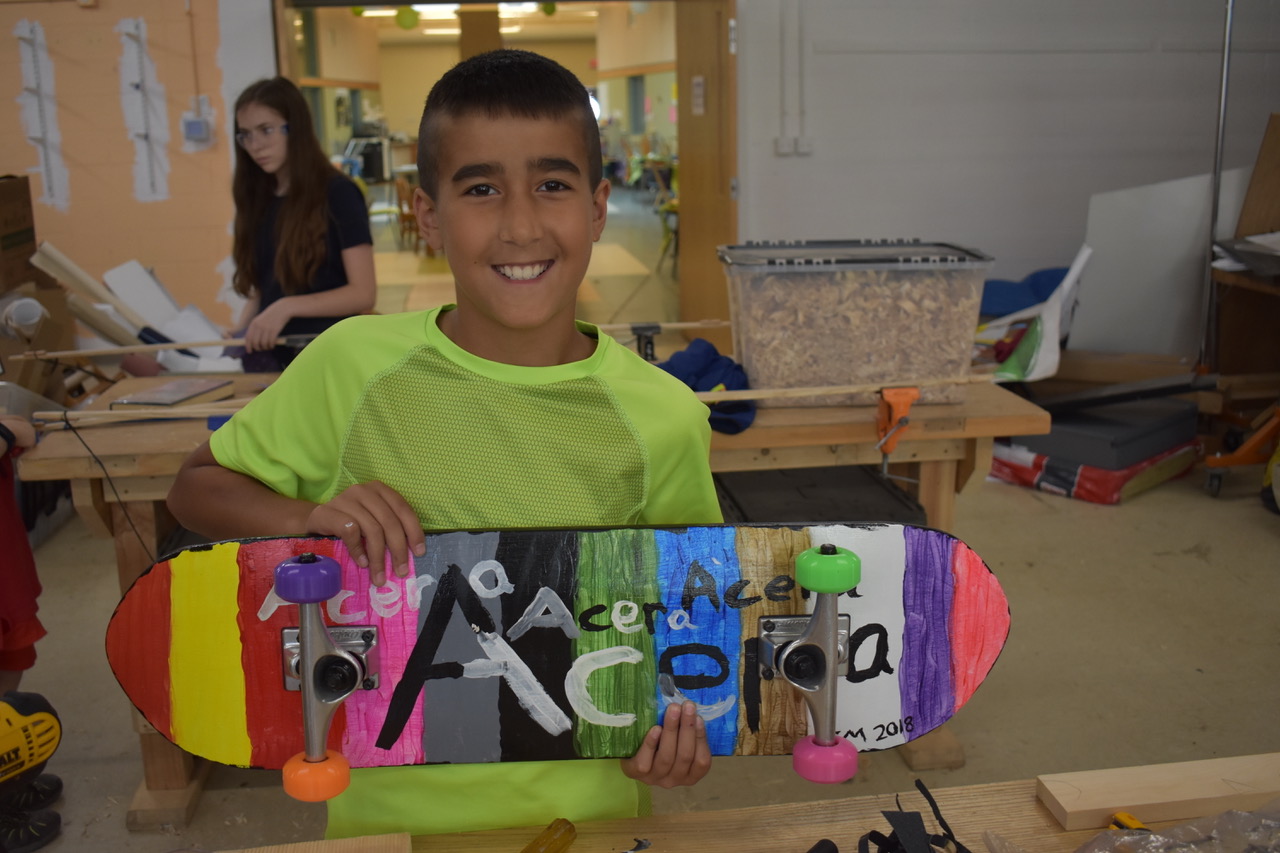
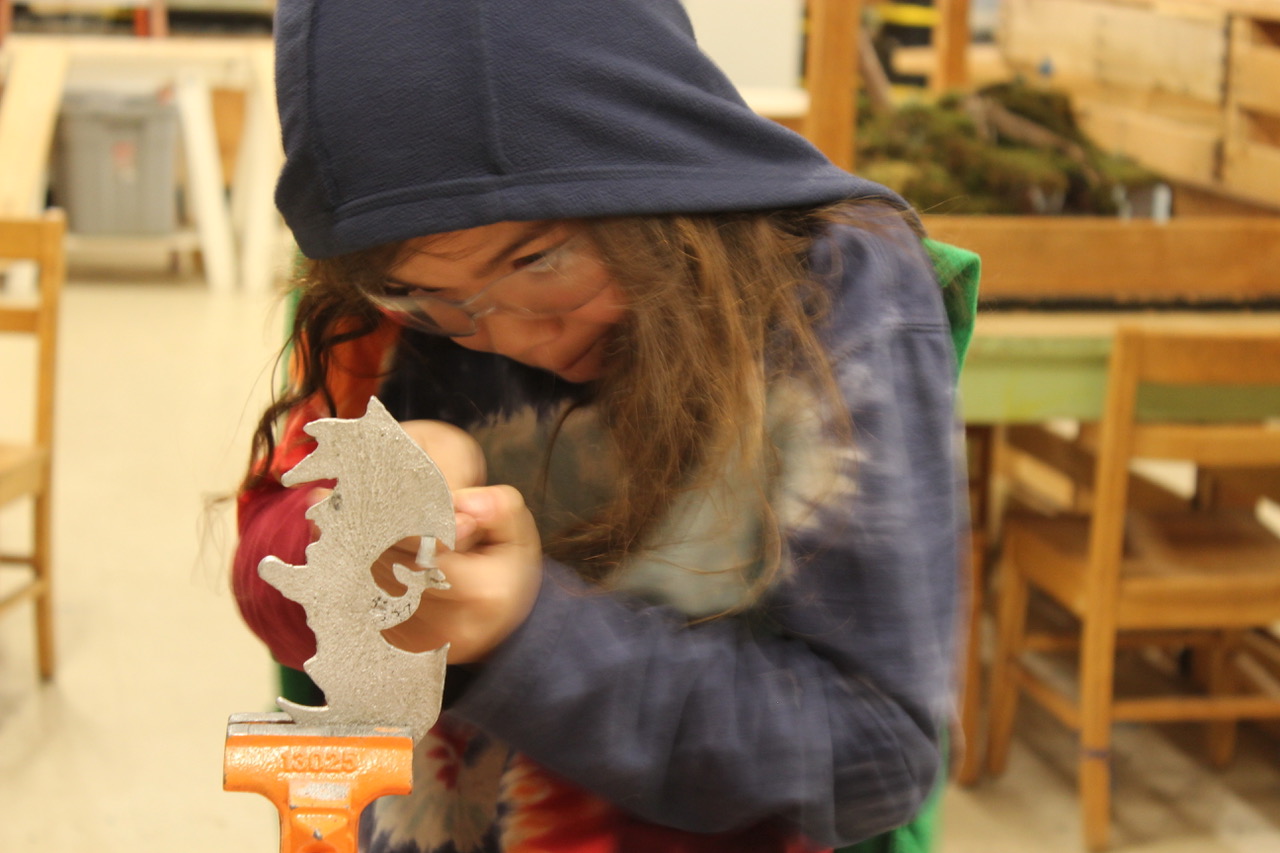
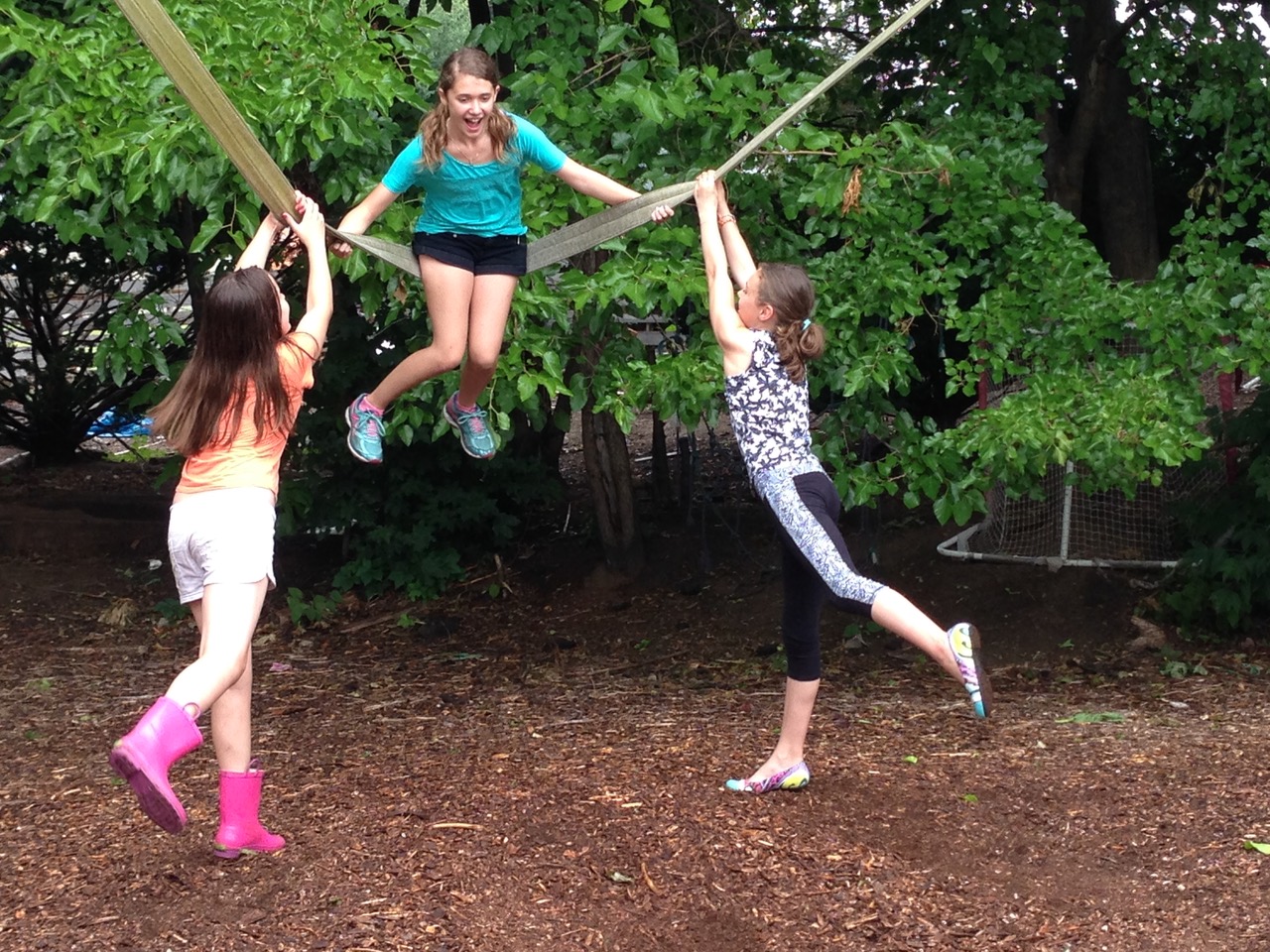
Getting in touch: BostonVoyager is built on recommendations from the community; it’s how we uncover hidden gems, so if you know someone who deserves recognition please let us know here.









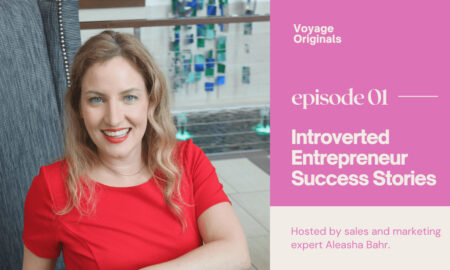


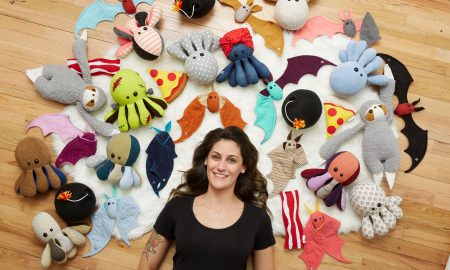
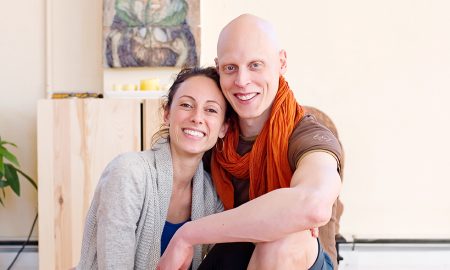


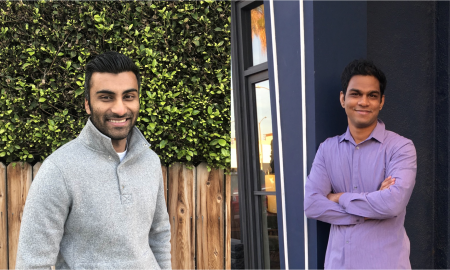
Lisa Cobb
January 18, 2019 at 2:35 pm
Great article! I just spoke with your friend Neville Blakemore, here in Louisville, KY. I am the Development Officer at The de Paul School, an independent K-8 school for children with learning differences. We teach them how to learn, how to become independent and how to be successful. Most of our students are dealing with dyslexia or ADHD. We prepare them for high school with the expectation that they will continue on to college. All the best to you and thanks for your efforts to give students who learn differently the opportunity to be learn in a way that works for them!